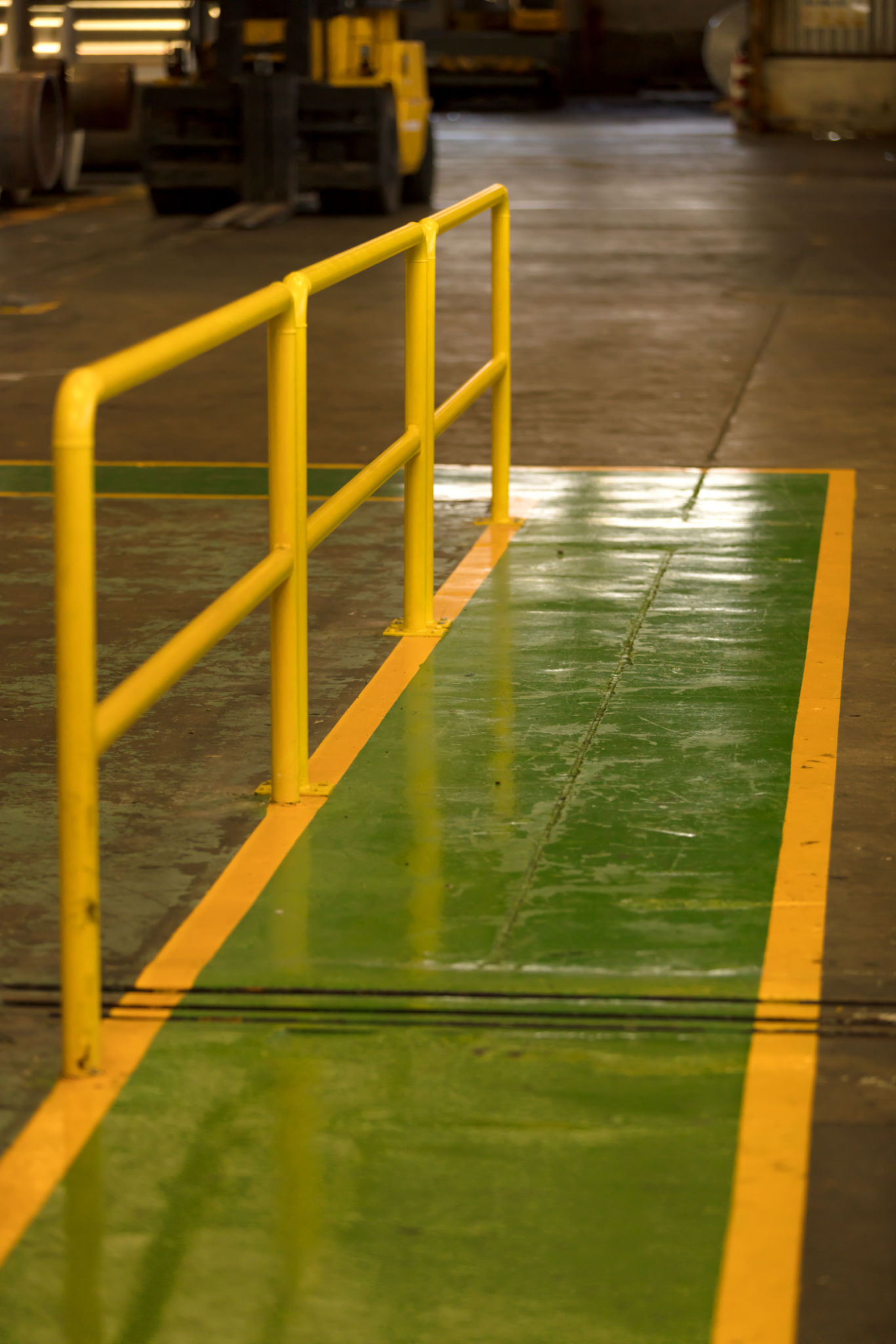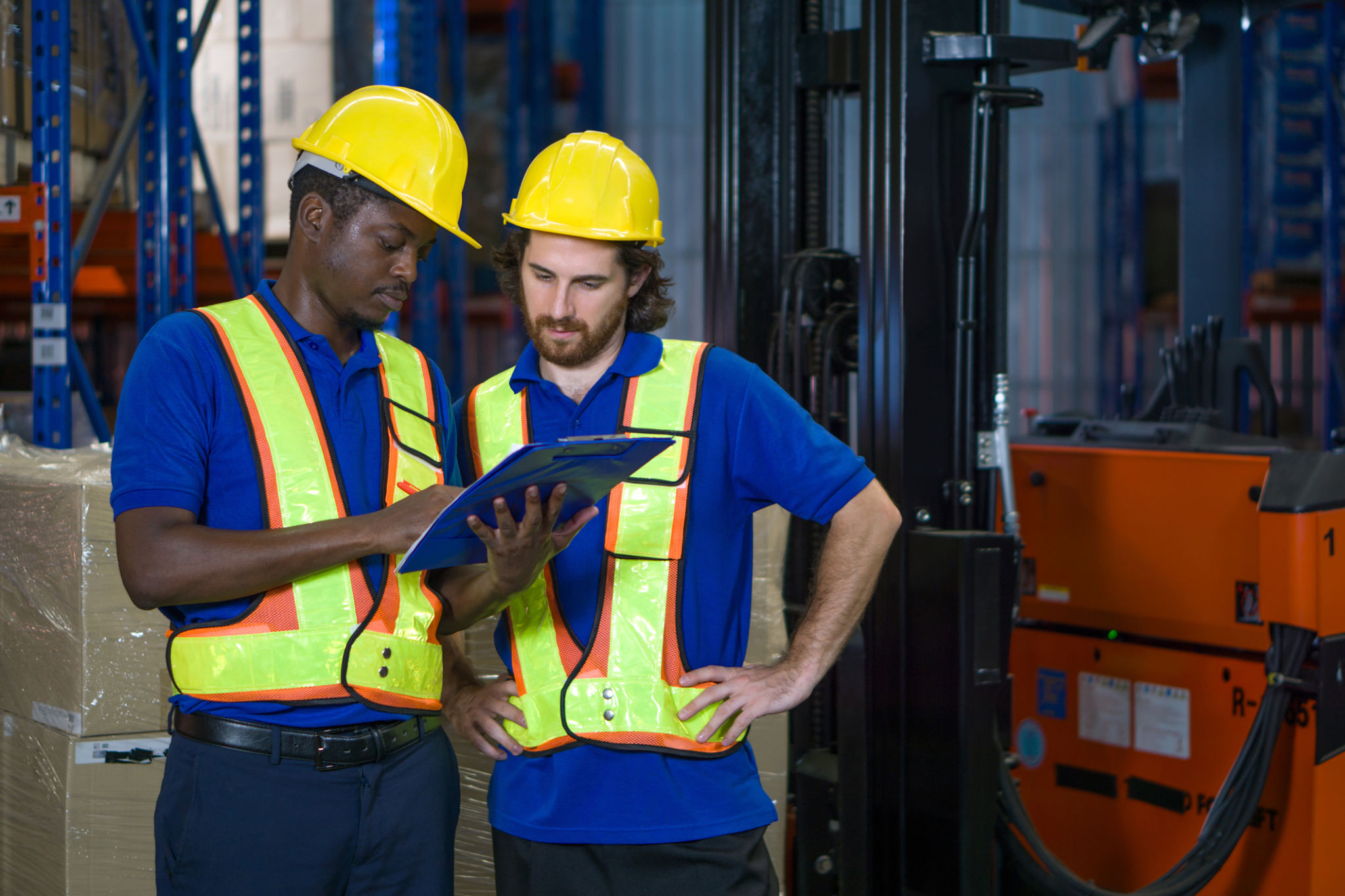Exploring Pedestrian Forklift Options for Small Businesses
Understanding Pedestrian Forklifts
In the fast-paced world of small business operations, efficiency and safety are paramount. Pedestrian forklifts, sometimes referred to as walkie stackers, are a versatile option for businesses with limited space. These forklifts are designed for operators to walk behind or alongside them, providing excellent maneuverability in tight spaces.
Unlike traditional forklifts that require a seated operator, pedestrian forklifts allow for greater visibility and control. Their compact design is ideal for warehouses, small retail spaces, and other environments where space is at a premium.

Benefits of Pedestrian Forklifts
One of the primary advantages of pedestrian forklifts is their ease of use. They require minimal training compared to larger, more complex machinery. This makes them an excellent choice for small businesses with limited resources for extensive training programs.
Additionally, pedestrian forklifts are often more affordable than their larger counterparts. This cost-effectiveness makes them an attractive option for startups and small businesses looking to optimize their logistics without breaking the bank.
Safety Improvements
Safety is a crucial consideration in any workplace, and pedestrian forklifts offer significant safety benefits. Their design inherently reduces the risk of accidents, as operators have better visibility and control. Moreover, most models come equipped with features such as emergency stop buttons and automatic braking systems.

Choosing the Right Model
When selecting a pedestrian forklift, it's essential to consider the specific needs of your business. Factors such as load capacity, lift height, and battery life are crucial in determining the right model. Small businesses should assess their average load sizes and storage heights to choose a forklift that meets their operational demands effectively.
Another factor to consider is the type of power source. Electric models are popular due to their low environmental impact and operational costs. However, manual models may be sufficient for businesses with minimal lifting requirements.
Customization Options
Many manufacturers offer customizable options to cater to specific business needs. Custom features can include adjustable forks, additional safety features, and even specialized attachments for unique load types. These options can greatly enhance the functionality and efficiency of pedestrian forklifts in various settings.

Maintenance and Longevity
Regular maintenance is key to ensuring the longevity and efficiency of pedestrian forklifts. Small businesses should implement a routine maintenance schedule that includes checking battery health, inspecting moving parts, and ensuring all safety features are operational.
By investing in regular maintenance, businesses can avoid costly repairs and downtime. This proactive approach not only extends the life of the equipment but also enhances workplace safety and productivity.
Final Thoughts
Exploring pedestrian forklift options can be a game-changer for small businesses seeking to improve their material handling processes. With their cost-effectiveness, safety features, and ease of use, these forklifts offer a practical solution for enhancing operational efficiency.
By carefully considering your business's specific needs and investing in the right equipment, you can streamline your operations and ensure a safer working environment for your employees.
